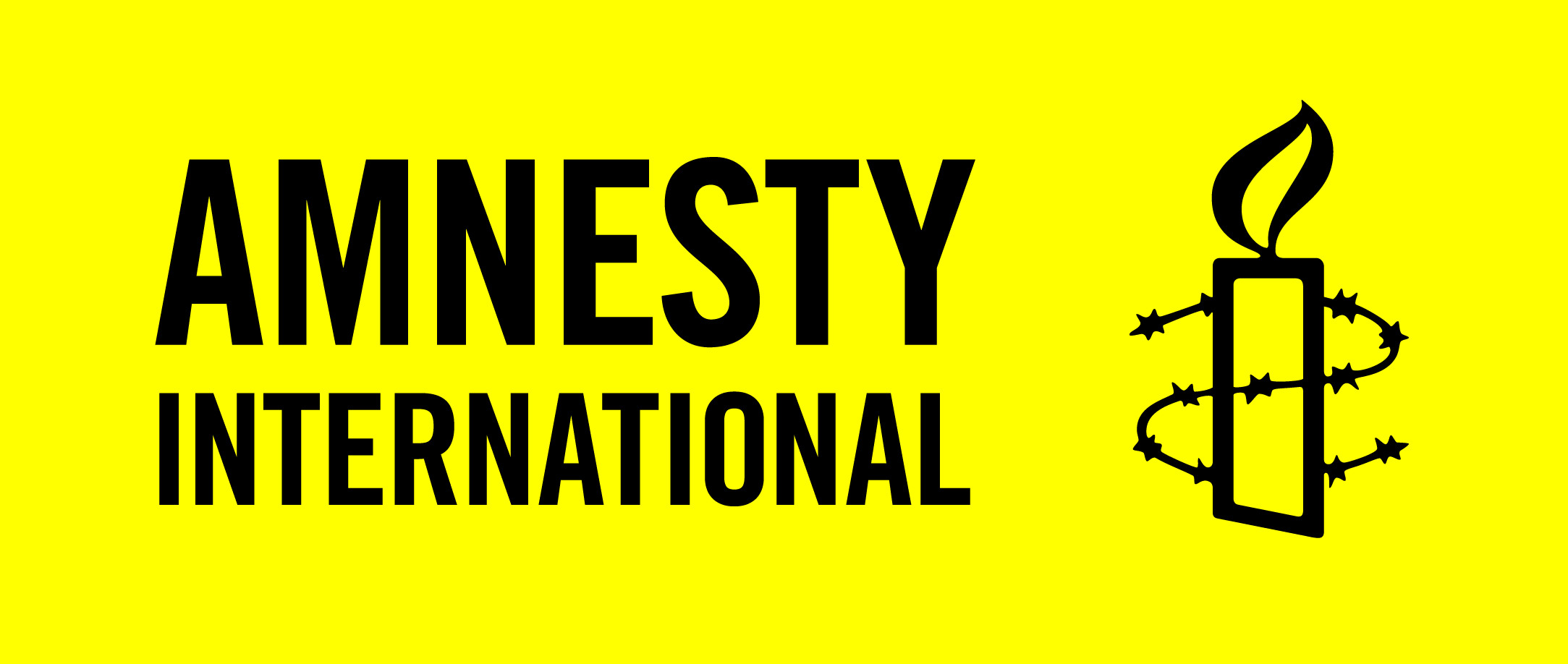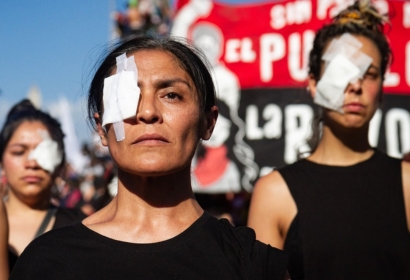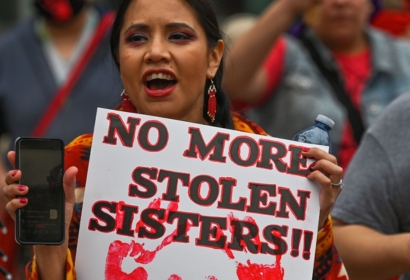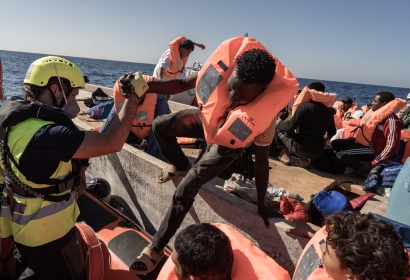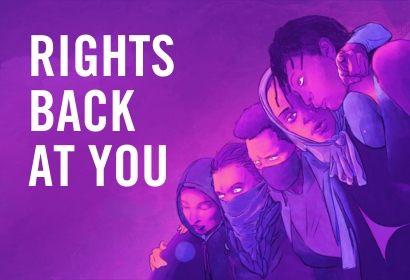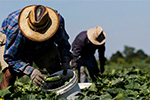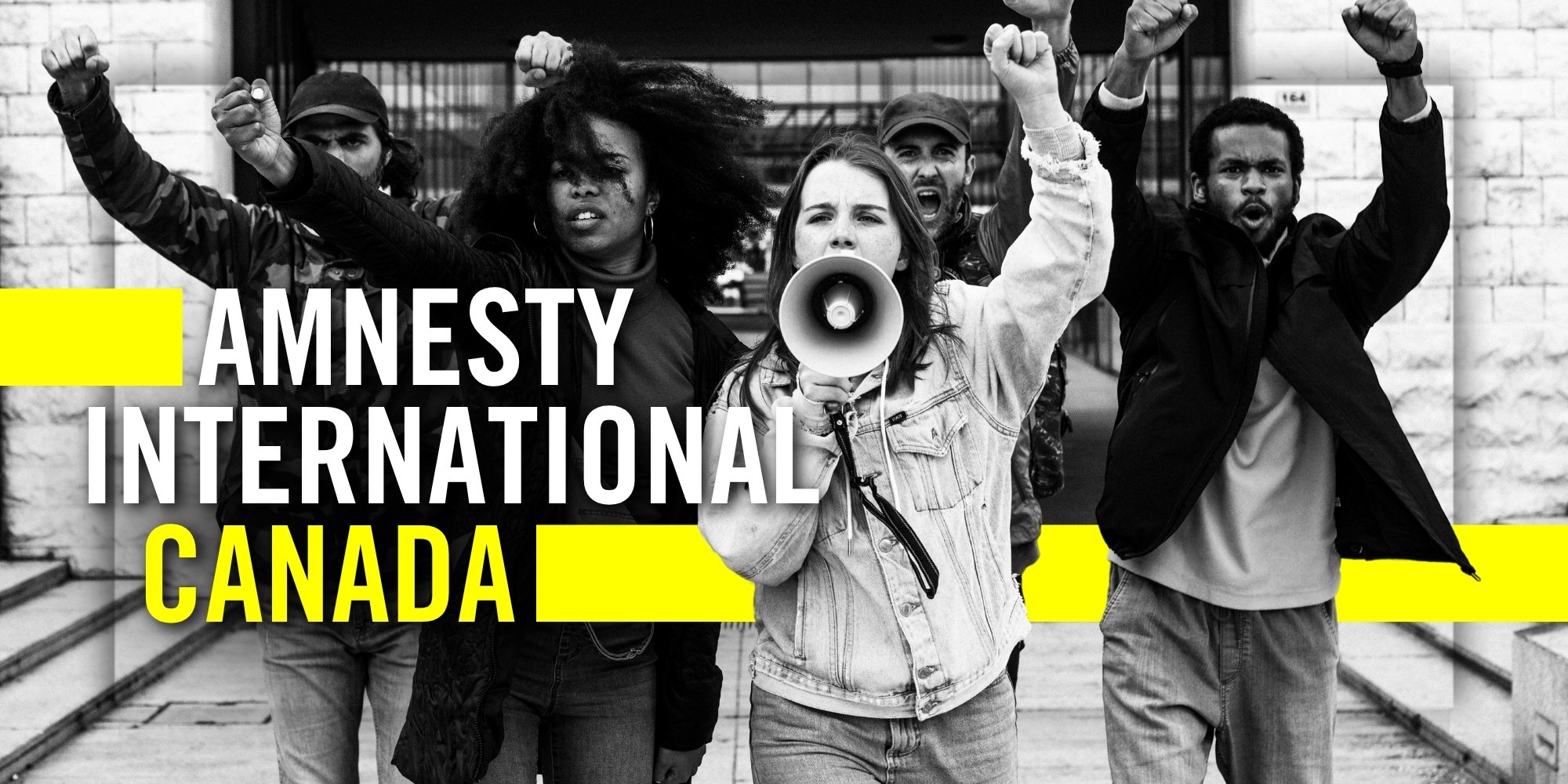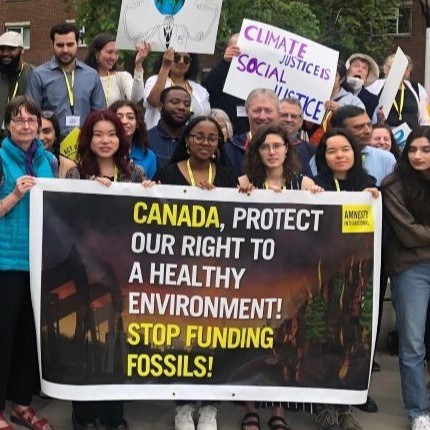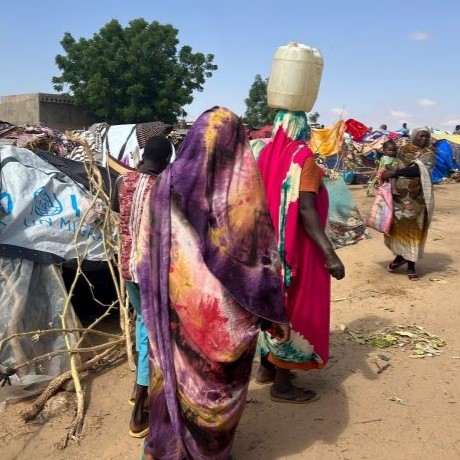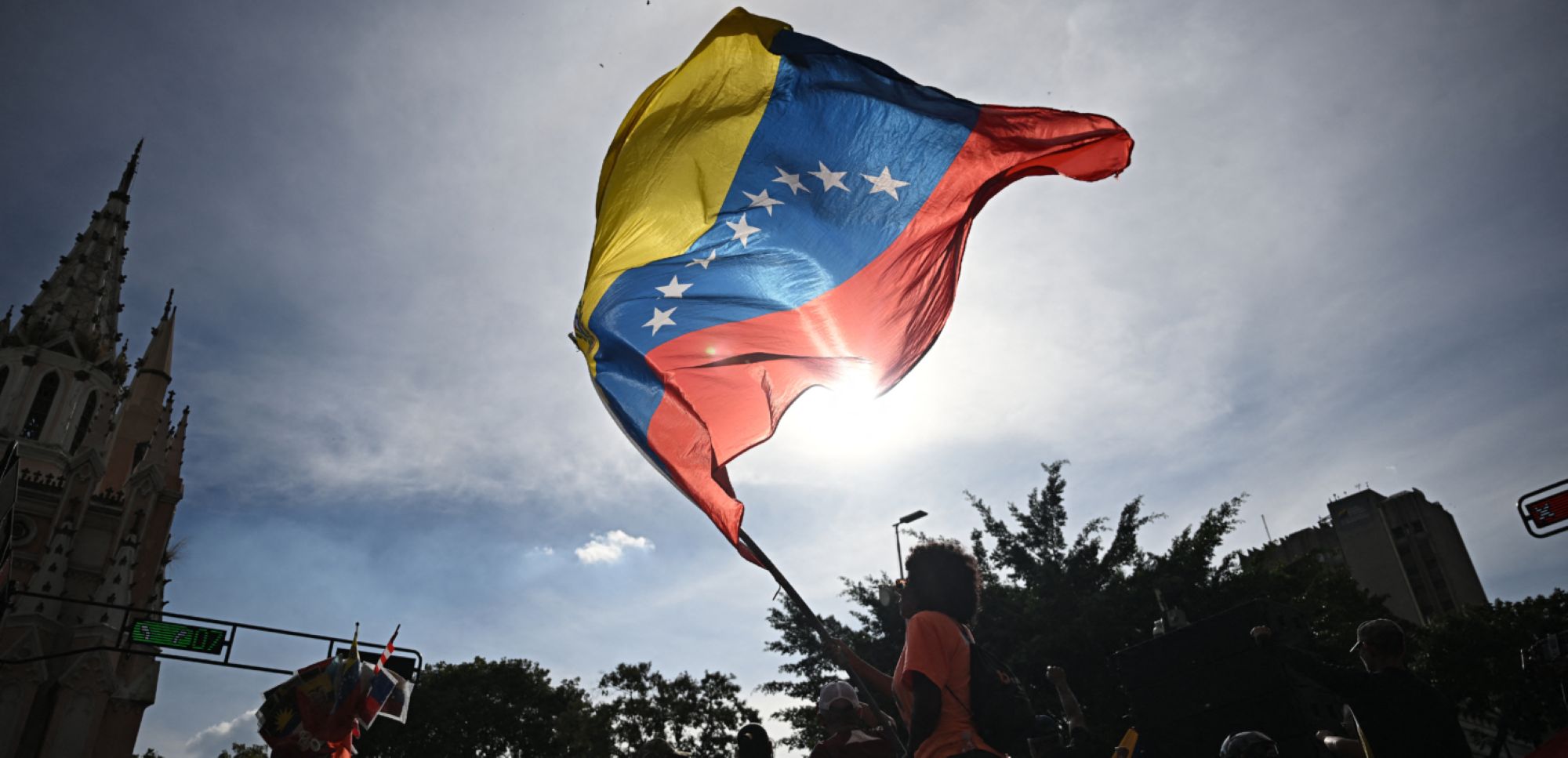WANT TO KNOW MORE ABOUT REFUGEE PROTECTION IN CANADA?
MYTH: Most refugees just want to go live in North America and Europe.
FACT: Most refugee claimants seek protection in a neighbouring country. Since 2014, Turkey has hosted the largest refugee population (3.7 million people), almost all of whom are from neighbouring Syria. Germany hosts the most refugees in Europe (1 million people), and no other European or North American country is in the top 10 host countries. Canada is home to less than 1% of the world’s refugee population.
MYTH: In 2018, Canada is taking in more refugees than the United States.
FACT: Last year, Canada was the top country of “refugee resettlement,” which is a process where refugees identified by the United Nations High Commissioner for Refugee (UNHCR) are given protection in a third country. In 2018, the United States made drastic cuts to its refugee resettlement program, and consequently – without Canada substantially increasing resettlement numbers – Canada took the number one spot in 2018. That year, Canada resettled 28,100 refugees while the United States resettled 22,900. However, the United States (and many other countries) still host far more refugees than Canada.
MYTH: Refugee protection claimants who cross the Canada-US border between regular ports of entry like Roxham Road in Quebec are “illegals” jumping the line to get in to Canada.
FACT: Under Canadian and international law, it is not illegal to cross the Canada-US border if the purpose for crossing is to make a claim for refugee protection.
Here are the relevant provisions in Canadian law:
Canada’s Immigration and Refugee Protection Act state that a person who comes to Canada to seek refugee protection cannot be charged for certain crimes related to their entry into Canada, while the regulations state that irregular crossers must report to the authorities without delay.
Canada’s international law commitments also recognize the unique circumstances of refugee protection claimants. For example, the 1951 Convention Relating to the Status of Refugees says that refugees must not be punished for “illegal entry or presence” in a country in which they are seeking protection.
MYTH: The number of refugee protection claims by irregular border crossers is unmanageable and unprecedented.
FACT: Although there was a sharp increase in the number of irregular border crossers claiming refugee protection in the spring of 2017, the numbers have been relatively stable over the past few years.
Aside from refugee claims, the total number of boarder crossers are down. Approximately 40,000 irregular border crossers were intercepted by the Royal Canadian Mounted Police in 2017 and 2018 – the two years spanning the height of the so-called “crisis.” In 2019, there were even fewer than either of those two years. By contrast, US Customs and Border Protection apprehended over 1 million people on its southern border in the 2017 and 2018 fiscal years.
MYTH: The US is safe for refugees, so Canada should not allow them to ask for protection here.
FACT: The United States may be safe for some refugees but definitely not all, particularly under the administration of President Donald Trump. Amnesty International has documented multiple human rights violations committed against refugee protection claimants in the United States, including family and child separations, illegal and arbitrary detentions, illegal pushbacks and “metering” of claimants at the US-Mexico border, and inadequate conditions in child detention facilities.
The United Nations High Commissioner for Refugees has stated that new restrictions in the US to block people from claiming protection at the southern US border is against international obligations. Moreover, new agreements reached with El Salvador, Guatemala and Honduras to send refugee claimants to those countries to claim asylum there are arguably illegal.
MYTH: “Real” refugees come from refugee camps.
FACT: The word “refugee” is a legal term, and is defined as someone who is outside of their country of nationality and has a “well-founded fear of being persecuted for reasons of race, religion, nationality, membership of a particular social group or political opinion.” A person’s wealth, social status, method of arrival in Canada and transit through another country are not relevant to determining whether they meet the legal definition of a refugee. Today, 60% of refugees today are not in camps, but rather live in urban settings.
